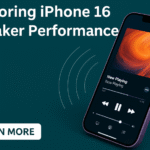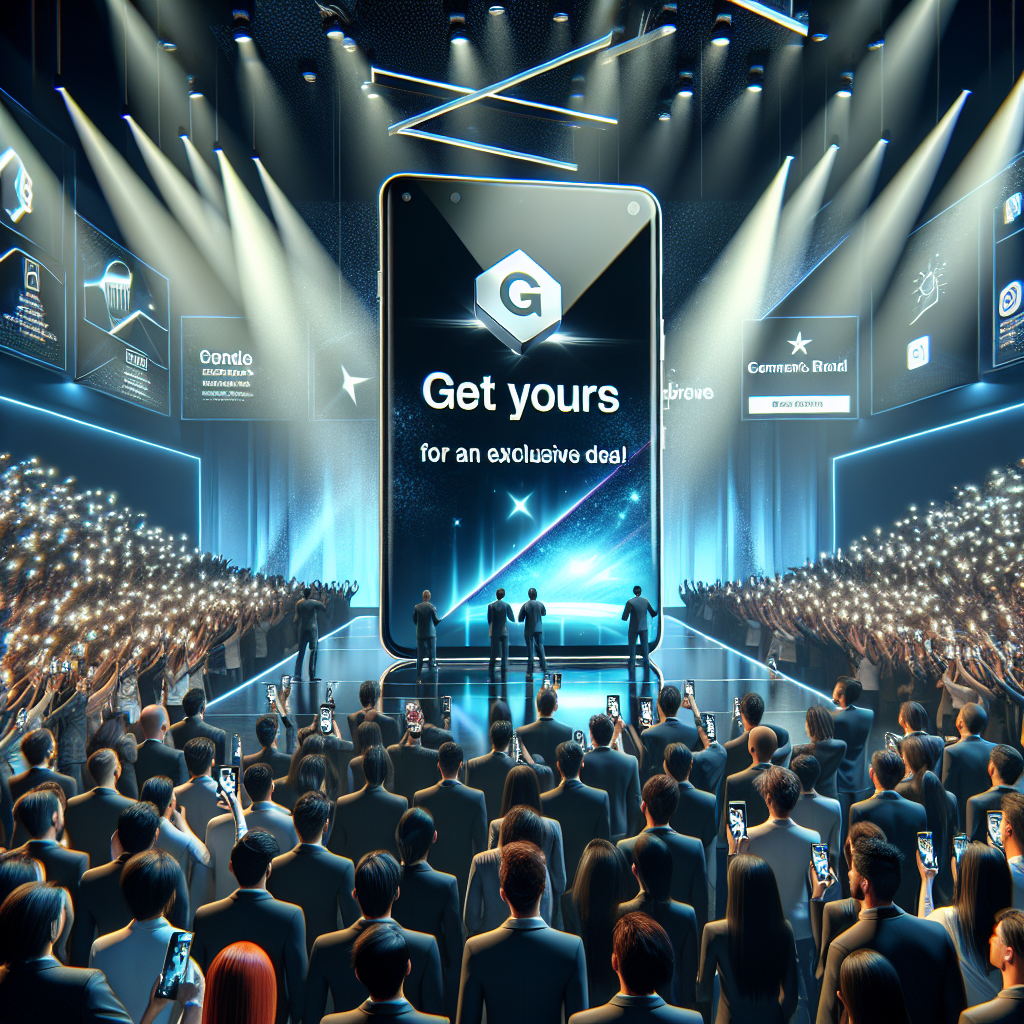In a post-pandemic world, wearing masks has become second nature. But for many iPhone users, Face ID’s limitations while wearing a mask have been a persistent inconvenience. With the iPhone 16, Apple introduces an updated Face ID system designed to work seamlessly even when part of the face is covered. This innovation enhances both convenience and privacy while setting a new benchmark in smartphone security.
In this article, we explore how iPhone 16’s Face ID with mask support works, the technology behind it, and what this means for users.
The Dilemma: Using Face ID with a Mask
Face ID on earlier iPhones, while secure and fast, struggled to function when users wore a mask. This was because it required an unobstructed scan of the entire face, including nose and mouth. As a result, users frequently faced failed attempts or were forced to enter their passcode leading to a less-than-ideal user experience.
This issue has persisted for years, impacting not only convenience but also raising concerns around accessibility and security during mask-wearing situations.
The Breakthrough: Face ID with Mask on iPhone 16
Apple’s iPhone 16 introduces Face ID with mask support a feature driven by advanced facial recognition algorithms capable of identifying users by analyzing partial facial features. While Apple has not publicly disclosed the full technical breakdown, it’s likely this system uses a combination of:
-
The eye region, including unique contours around the eyes and forehead
-
Secure on-device machine learning
-
Depth-mapping via TrueDepth camera sensors
The result? A system that remains secure, privacy-focused, and highly responsive, even when half the user’s face is obscured.
What This Means for iPhone 16 Users
This feature represents a significant leap forward in accessibility and convenience. Whether commuting, shopping, or working in environments requiring masks, iPhone 16 users can now unlock their phones without removing protective gear or compromising on security.

Top Benefits of Face ID with Mask on iPhone 16:
-
Seamless Authentication: No more failed attempts due to facial obstructions
-
Enhanced Privacy: Facial data remains securely stored on-device via the Secure Enclave
-
Universal Use: Works reliably whether you’re wearing a surgical mask, N95, or cloth covering
Personal Insights: A User-Centric Perspective
As someone who has experienced frequent Face ID failures while masked, this feature is a welcome upgrade. It streamlines daily interactions like unlocking the phone, using Apple Pay, or accessing health records epecially in mask-mandatory settings such as hospitals or public transit.
The introduction of this capability reaffirms Apple’s commitment to inclusive design and real-world user needs.
Final Thoughts
The introduction of Face ID with mask support in the iPhone 16 redefines expectations for mobile biometrics. More than a minor convenience, this feature reflects Apple’s long-term vision of frictionless, user-first design.
Combined with iOS 18’s other enhancements such as performance improvements and user customization options the iPhone 16 offers one of the most intuitive smartphone experiences yet.
Related Articles You Might Find Useful:
-
Clean Up Duplicate Photos on iPhone 16 for a Smoother Experience
-
Efficiently Organize Your iPhone 16 App Library with Expert Tips
-
Master Your iPhone 16: 11 Essential Tips for Student Success
-
Protect Your Privacy: How to Disable App Tracking on iPhone 16
-
Optimize Your iPhone 16 Settings for Gaming: A Complete Guide
Would you like me to now generate a featured image for this upgraded post with accurate spelling and WordPress landscape resolution?







